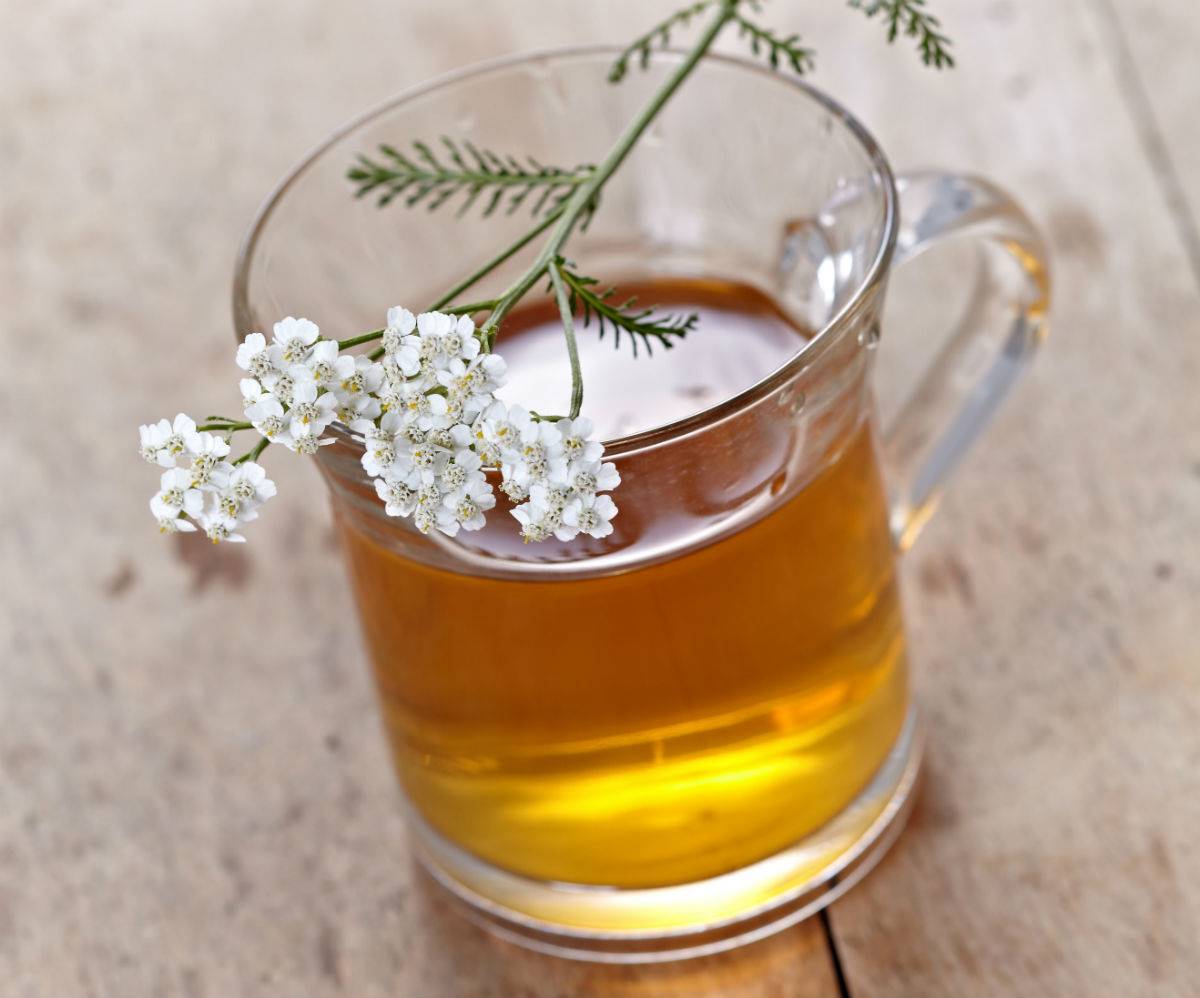3. CAPUCHIN AGAINST FUNGAL INFECTIONS

One of the advantages of the capuchin (Tropaeolum majus) is that its flowering extends over many months, from spring to autumn. And the spectacle it offers is worth it: its flowers, orange or red, are large and showy.
The plant, originally from South America (Ecuador and Peru), grows well in pots and planters, but also in flowerbeds. It prefers half shade and resists frost badly. For medicinal use the flowering tops are collected, in spring or summer.
Properties: expectorant, antibiotic, antitussive, diuretic, antifungal, rubefacient, scalp stimulant.
Indications: recommended for infections of the respiratory tract (flu, pharyngitis) and urinary tract (cystitis, urethritis), as well as to prevent the formation of kidney stones and reduce rates of urea in the urine. As a moderate diuretic, it helps to treat edema and fluid retention. But above all it is used in topical application on fungal infections in the skin, to relieve muscle tension and to stimulate or strengthen the scalp and slow hair loss.
How to use: internally in simple or mixed infusion (one tablespoon per cup of water, two cups daily), in liquid extract and tincture; and externally, the more concentrated infusion or tincture in massage or friction of the scalp. It can be found as an ingredient in creams or ointments for mushrooms and in shampoos to strengthen hair.
Precautions: avoid seeds, which are toxic, and do not take by mouth in case of pregnancy, gastritismhypothyroidim, renal or cardiac insufficiency.
4. YARROW FOR GOOD DIGESTIONS

This European plant (Achillea millefolium) is easily found in mountain meadows and grasslands. It is so versatile that it is not lacking in herbalists. In a garden it is an excellent choice: it fits well in sunny and somewhat shady areas and resists both drought and frost very well.
Its striking white flowers, grouped in dense, flat corimbus, appear in summer and until mid-autumn. They are often visited by bees. Flowering tops are used, which are collected in summer.
Properties: anti-inflammatory, antispasmodic, digestive, antiemetic, choleretic, antimicrobial, haemostatic, diuretic, healing.
Indications: recommended primarily to relieve digestive disorders, heavy digestion, gastrointestinal spasms, nausea and vomiting, in addition to as a liver tonic. Because of its antispasmodic power, it can be of great help in the face of menstrual pain. It also helps to tone the veins in case of venous weakness with varicose veins or hemorrhoids. Externally, it is applied on wounds and burns and to reduce joint pain.
How it is used: in simple infusion or associated with other plants (2-3 cups daily), in fluid extract, tincture, syrup and the juice of the fresh plant. The infusion is used in washing and rubbing against pain and poor blood circulation.
Precautions: avoid high doses, which could cause dizziness.
